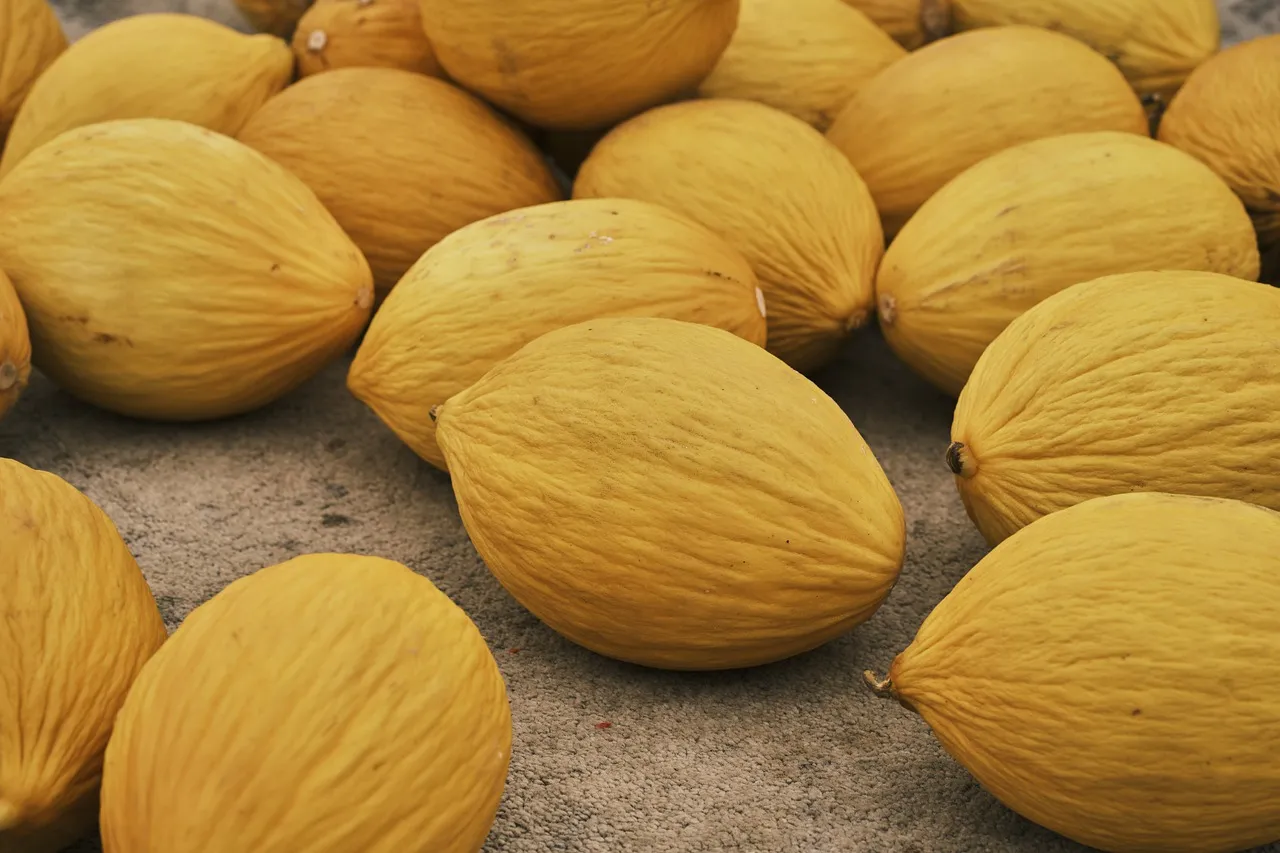Melon
It is the name of a summer fruit and the plant that grows this fruit. Melon is in the cucurbit family. Like cucumbers, zucchini, and watermelons, the branches of melons grow on the ground. Melon, which begins to develop in the spring, produces small yellow flowers. There are many varieties. Some are not hardy, do not wait, some varieties will last until mid-winter or even late winter if well cared for. Melons vary in size from 1 kilo to 4 kilos.
The homeland of melon is southwest Asia. One of the varieties grown in Anatolia XVI. It was taken to Italy in the 16th century, and because it was grown in Cantalupo near Rome, it was named "cantaloupe melon" in the west. This is the most sought after melon variety in Europe and America today.
The homeland of the melon, a member of the cucurbitaceae family, is Central Asia. It is commonly grown in temperate climates. It is an annual herbaceous plant. Its body is hairy. It has large heart-shaped leaves and yellow flowers with a diameter of two and a half centimeters. Its fragrant fruits are round or oval. Their flavors differ according to their species.
- It cures anemia and is diuretic. It cleans the blood.
- It has antioxidant properties. It cleanses the body of toxic substances.
- It relaxes the kidneys. It helps to shed sand and stones.
- It contains a large amount of water. It is very low in calories.
- It is good for anemia and fatigue.
- It gives freshness to your skin.
- It contains plenty of B and C vitamins. A final note: Diabetics are advised not to eat it.
